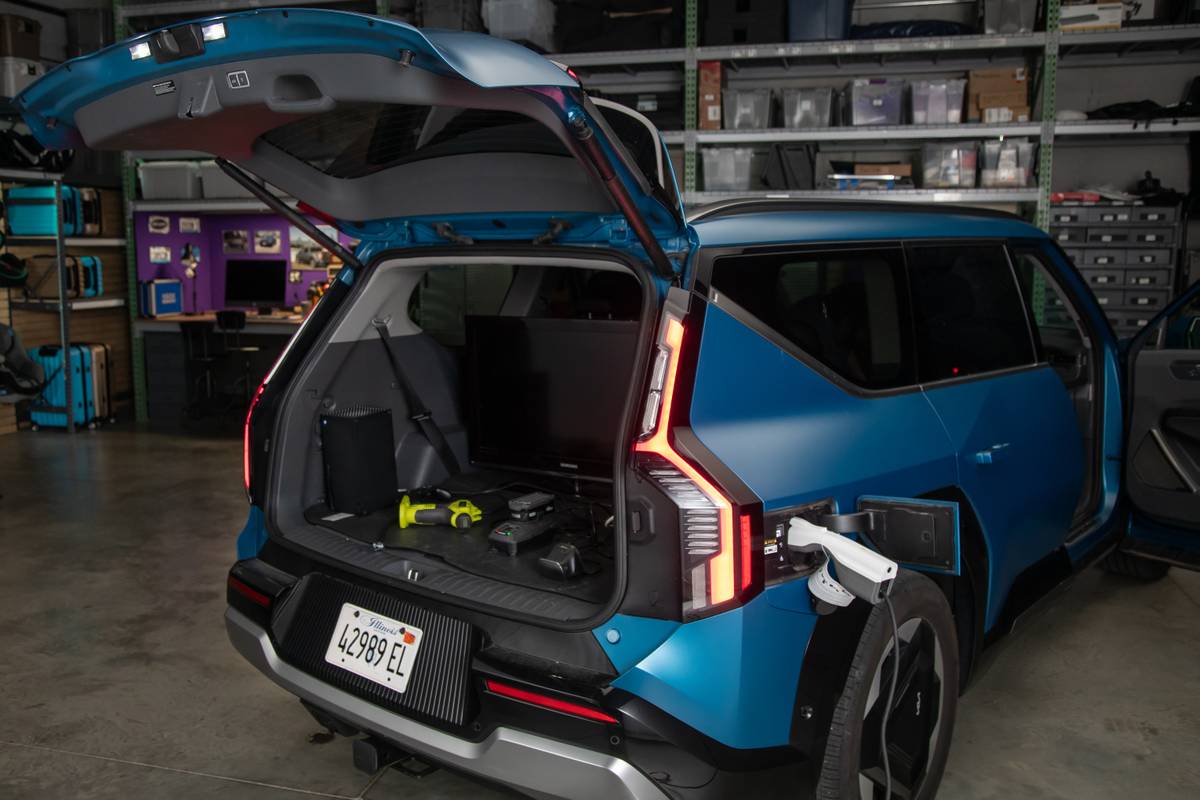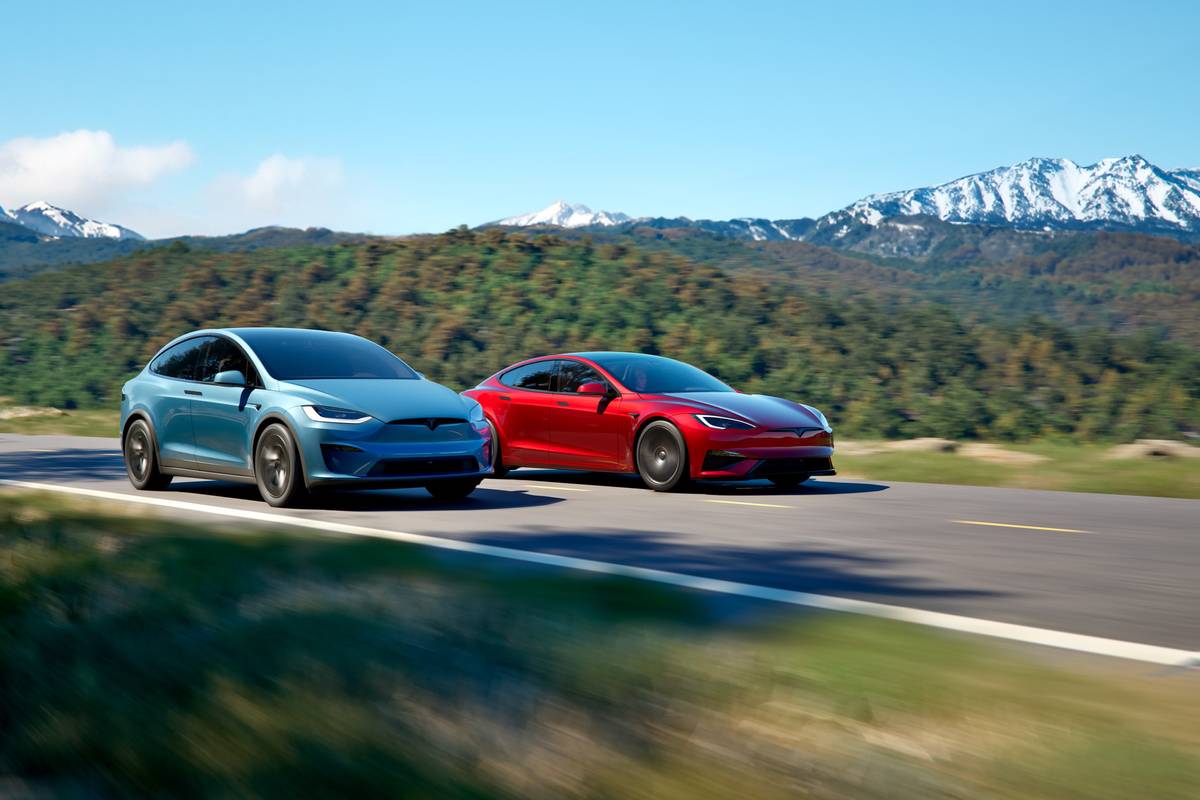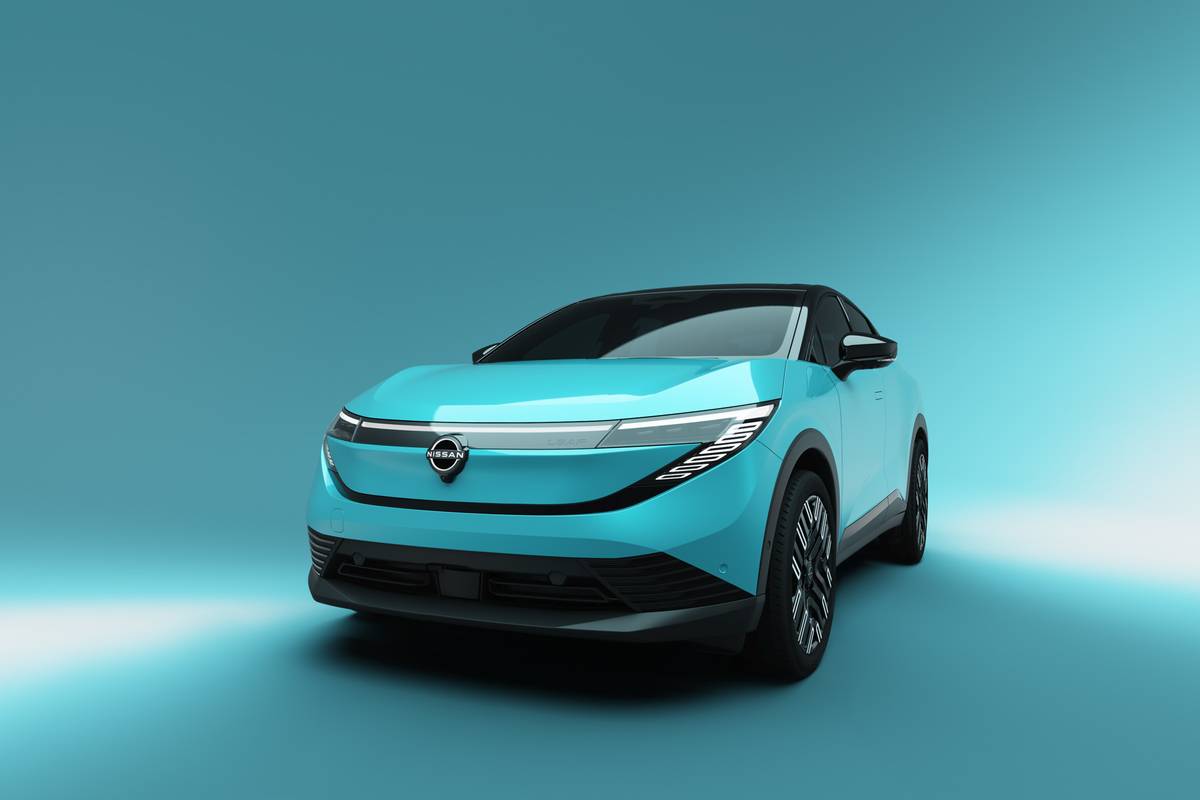IndyStar.com's view
Its roots date back to 1979, its conception back to 1992.
That was the year the Honda Prelude arrived to showcase Honda’s performance and technological capacities.
Now, the fifth generation pulls out all the stops in offering power, styling, more room and refined ride and handling.
In 1992, Prelude owners told Honda that, while they liked the car, they didn’t think its styling was the greatest thing on wheels. They also said its interior was a little cramped. As a result, the company’s engineers and stylists set out to rectify these complaints.
“Being bigger is going to help us a great deal,” said Joel Pitman, general manager of Dan Young Honda. “Now, you will actually be able to fit somebody in the back seat.”
Two models are offered for 1997, the Prelude and the Prelude Type SH, a coupe that highlights Honda’s newest technological breakthrough, the Active Torque Transfer System.
By anybody’s standard, the coupe, which will be available locally at the end of next month, possesses some pretty sleek styling. The theme embraces the concept of a low hood and cowl with a high rear deck.
At the front, large free-form reflector headlights accentuate the tapered nose. When viewed from the side, the hood line continues back as the beltline, rising steadily to the end of the trunk. The roof has thin B-pillars, and there is an expansive amount of glass for improved visibility.
For 1997, the Prelude adds nearly a cubic foot for storage capacity, and a full-width fold-down rear seat adds more versatility to the cargo area. The fold-down feature takes the place of the previous model’s pass-through system.
The coupe is a four-passenger vehicle, with 2-plus-2 seating, 101.7 inches of wheelbase (1.3 inches more than 1996) and 174.8 inches of length (3.2 inches more than 1996) To make rear-seat entrances and exits easier, Honda engineers designed a wider door and provided an extra inch of room from the edge of the seatback to the door.
The driver’s cockpit layout is state-of-the-art, with a center console that holds the shift lever; climate and stereo controls in the center of the dash, and a four-gauge instrument panel (speedometer-tachometer-fuel- temperature) directly in front of the driver.
The tachometer is new, as is a Sequential SportShift gear-indicator light the tachometer face.
A five-speed manual gearbox is standard, and the only transmission offered for the Type SH. A newly designed four-speed automatic is the first Honda automatic to be used with its double overhead cam VTEC (variable timing electronic control) engine in the United States, and features an innovative Sequential SportShift system.
This system lets a driver shift in the same sequential manner that is available on Honda’s racing cars. You merely push the gear shift handle repeatedly in one direction for upshifts and in the opposite direction for downshifts. The indicator light in the tachomer face tells what gear the transmission is in.
The Prelude’s heart is a twin cam 16-valve 2.2-liter (132 cubic inch) four-cylinder engine.
With its variable timing, the engine puts out a whopping 195-horsepower from 132 cubes. That’s far above the performance benchmark of one horsepower per cubic inch and is the prime contributor for the Prelude’s hot-off-the-line performance characteristics.
Pitman says that Honda hasn’t released prices on the new Prelude and Type SH models. At a recent showing in San Diego, Calif., estimates were made that the standard coupe would run about $20,000. Prices for the Type SH are expected to be $3,000 to $4,000 higher.
Latest news



